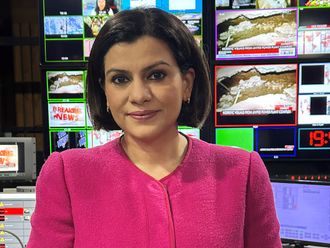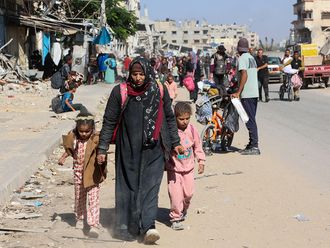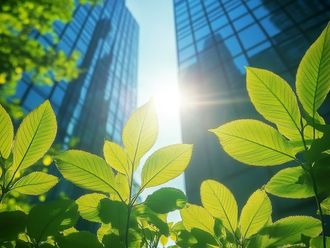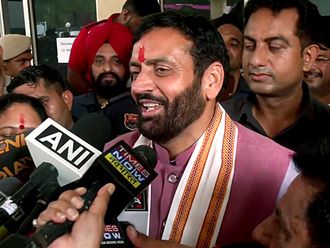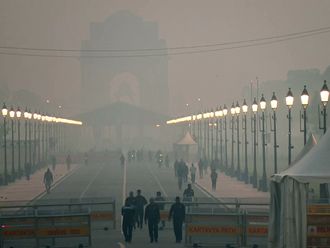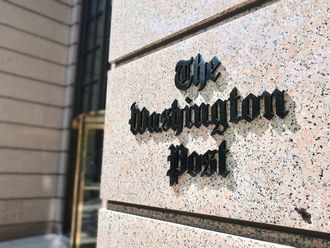It’s that time of year again. When the air smells like a thousand cigarettes burning at the same time, when you struggle to breathe, when your eyes water and a cough creeps in, when a thick grey haze sweeps over large parts of north India leaving you gasping.
As I write this piece, Delhi has officially been declared the most polluted city in the country today and new measures have kicked in to try and prevent it from becoming worse. However, we know the pattern. Right now, the air quality is “very poor”. Soon it will reach levels that can’t even be recorded properly, they are so off the charts.
And of course, the blame game has already kicked in. Delhi blames stubble fires in Punjab and Haryana and yet ironically, a study finds that stubble burning contributes barely 1% to pollution in the national capital. The study, done by Indian Institute of Tropical Meteorology in Pune, says vehicular emissions within Delhi are one of the most significant contributors to air pollution but that more than 40% is caused by sources that cannot be identified.
This means that fighting the air pollution crisis is a far more complex exercise. Sprinkling water on the roads or setting up expensive but useless smog towers is not going to help. Neither is finger pointing.
Use of clean fuels
What is needed is a holistic approach where the centre and state governments work together and find long term solutions. That includes massively scaling up public transport, finding lasting solutions for crop burning and ways to increase the use of clean fuels. We need to think out of the box because low wind speeds and lower temperatures after the monsoon also make things worse in north India. This requires leadership and unfortunately this is what is missing.
Delhi is the national capital. The central government needs to take the lead on this and bring all stakeholders on board. This poisonous air is affecting not just Delhi but large swathes of north India. Air pollution is a national health emergency and it needs to be treated this way.
Clean air is about equity
It requires multiple agencies and departments to work together in a way that we have never seen before. It requires robust and transparent data so that the solutions also have to be year round, not just the winter months where the toxic air makes headlines and then falls off the radar again.
Unfortunately, citizens are also to blame. We don’t make clean air an election issue. We don’t vote for improved air quality and a better environment. We are so happy, living in our bubbles that we will crib and cry when the air turns toxic at this time every year but we won’t go out and vote. Especially those people who sit in their air filtered homes. Ultimately, access to clean air in India is also about equity and there is none.
Those who can afford expensive air filters sit their homes and offices and are relatively better off. Like with everything else, it is the poor who bear the brunt of air pollution. I don’t know about you but I can tell you that I am pretty sick of the political finger pointing on air pollution and the things done just for optics like those dreadful smog towers.
The season has only started and the worst is yet to come.



